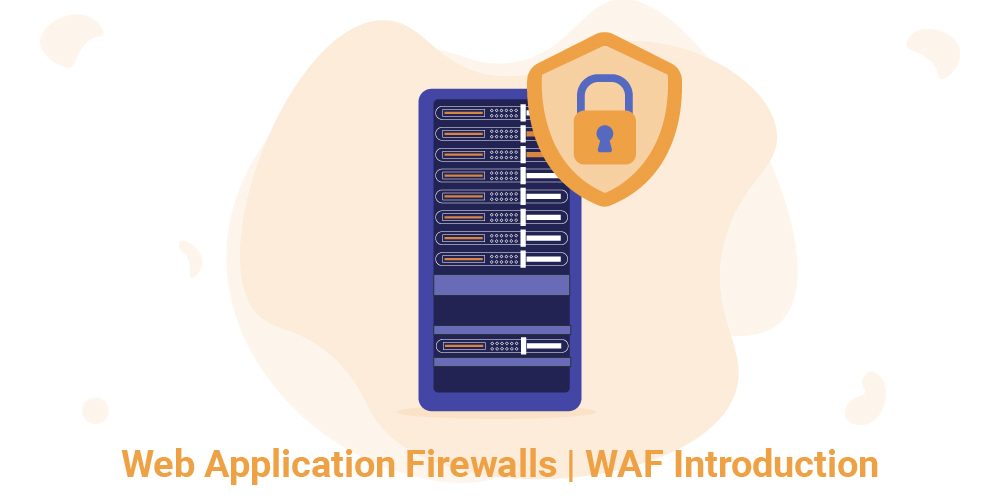

A cloud-based WAF can be regularly updated at no extra cost, and without any effort on the part of the user. Cloud-based WAF-an affordable, easily implemented solution, which typically does not require an upfront investment, with users paying a monthly or annual security-as-a-service subscription.


The machine used to run a host-based WAF often needs to be hardened and customized, which can take time and be costly. This option is cheaper than network-based WAFs and is more customizable, but it consumes extensive local server resources, is complex to implement, and can be expensive to maintain. Host-based WAF-can be fully integrated into the software of an application.However, this is the most expensive type of WAF and necessitates storing and maintaining physical equipment. Network-based WAF-usually hardware-based, it is installed locally to minimize latency.There are three primary ways to implement a WAF: WAF workflow Types of Web Application Firewalls

It is important to have a WAF, but it is recommended you combine it with other security measures, such as intrusion detection systems (IDS), intrusion prevention systems (IPS), and traditional firewalls, to achieve a defense-in-depth security model. A WAF is thus an essential component of an organization’s security model. Using a WAF can help you meet compliance requirements such as PCI DSS (the Payment Card Industry Data Security Standard), which applies to any organization handling cardholder data and requires the installation of a firewall. Attackers often target applications to reach this data. Companies are increasingly employing mobile applications and IoT devices to facilitate business interactions, with many online transactions occurring at the application layer. Organizations usually store much of their sensitive data in a backend database that can be accessed through web applications. A WAF can help you protect sensitive data, such as customer records and payment card data, and prevent leakage. WAFs are important for a growing number of organizations that offer products or services online-this includes mobile app developers, social media providers, and digital bankers. WAFs can run as network appliances, server plugins or cloud services, inspecting each packet and analyzing application layer (Layer 7) logic according to rules to filter out suspicious or dangerous traffic. WAFs can be host-based, network-based or cloud-based and are typically deployed through reverse proxies and placed in front of an application or website (or multiple apps and sites). A web application firewall, or WAF, is a security tool for monitoring, filtering and blocking incoming and outgoing data packets from a web application or website.


 0 kommentar(er)
0 kommentar(er)
